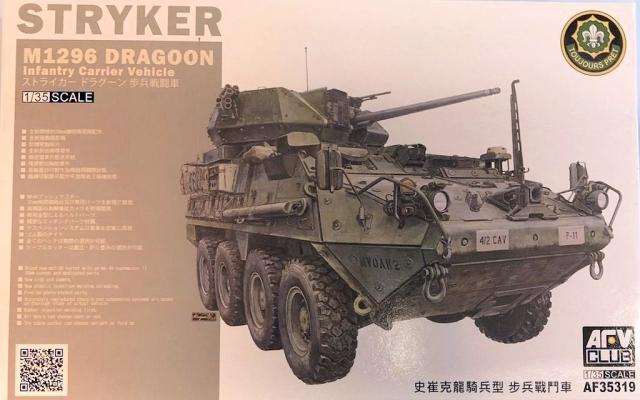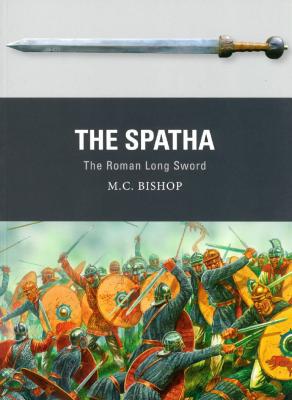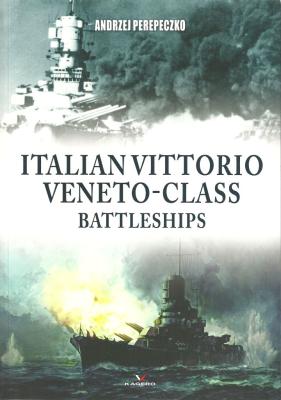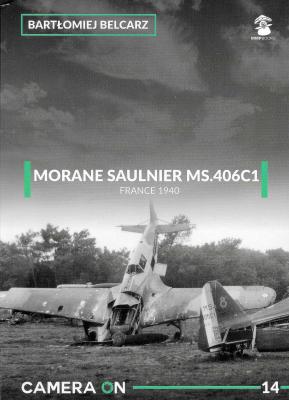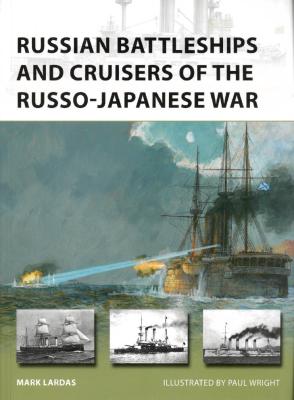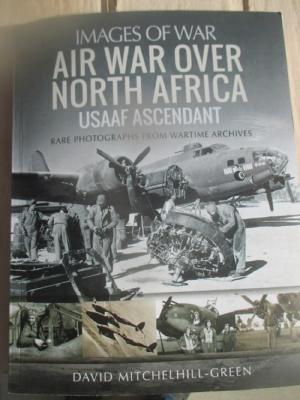Tom Cooper is an Austrian aerial warfare analyst and historian. Following a career in the worldwide transportation business – during which he established a network of contacts in the Middle East and Africa – he moved into narrow-focus analysis and writing on small, little-known air forces and conflicts, about which he has collected extensive archives. That resulted in specialization in such Middle Eastern air forces as of those of Egypt, Iran, Iraq, and Syria, plus various African and Asian air forces. In addition to authoring and co-authoring about 50 books - including about three dozen titles for Helion’s @War series - and well over 1,000 articles, Cooper is a regular correspondent for multiple defense-related publications.
What's New
In the Box
Instructions
The instruction booklet was divided into 18 pages of clearly marked parts. The instructions contained 38 separate steps to complete the model. At the end of the instruction booklet there were painting and decal application illustrations.
Sprues
Contained in the box were 19 different model part sprues molded in olive green. Also contained in the kit, 8 rubber tires and a thread type tow cable.
Photo Etch
Two sheets of PE are included with the kit.
Clear Plastic
There were two clear sprues of parts for the kit, they were for light lenses and view ports on the top of the vehicle body.
Decal Sheet
The sheet was sparse with vehicle id numbers and stencils. The vehicle had very few areas for the application of decals. Application of the decals went easily, and the carrier film was not very thick.
The Eduard OVERTREE and Weekend Edition kits are really nice kits, but I think they benefit from having the pre-painted photoetch added to the model. I personally love the pre-painted photoetch. There is detail printed on them that I could never be able to replicate with a paint brush.
Packaged in the typical resealable package with a card stock protective backing is one fret of pre-painted PE. This single fret contains many essential interior parts, but the biggest impact would have to be from the seatbelts, shoulder harness and the instrument panel. Besides these key parts there are photoetch deflectors for the engine exhausts, as well as, some other panels and rudder pedals. These parts are all important. There are oil cooler faces as well. Personally, I don’t use them as I like the way that the kit parts look, but that is up to the modeler.
I hate to mask canopies and helicopters, especially transport ones, have plenty. I am a huge fan of pre-cut masks. Building the Kitty Hawk MH-60L was a lot of fun.
The Eduard masking set offers masks for the front windshield, overhead panels, pilot doors, window sliding doors, chin bubbles, cargo doors, and wheels. You also get masks for the landing lights. This is really a complete set which will help in making this kit.
The masking set comes in a typical resealable package with card stock inside, which protects the masks. The masks themselves are precisely cut from Kabuki tape. This is the best material for the compound curves. There are two sheets, the one is for the sliding cargo doors, and the other has masks for all the other pieces. You will have to add masking fluid to cover some areas but that is to be expected with the large expanses and compound curves.
The instructions are very helpful and show exactly how to use what and where.
The Spatha by M. C. Bishop is his third book for Osprey Publishing and probably not his last. Mike has been writing since 1983 primarily on archaeology. As part of his interest in archaeology, he has become a prolific artist in black and white illustrations, some of which are found in this book. Many of his works are available or referenced on his web site. He spends his free time doing freelance work in publishing (editing, typesetting, proofreading, etc.) and runs a considerable number of websites primarily devoted to the Roman military. Interestingly, in additions to being a model builder (Airfix), Mike Bishop has been flying gliders since 2004.
Casemate Publishers bring us a book from Polish editorial Kagero, covering the Vittorio Veneto class of battleships (Littorio/Italia, Vittorio Veneto, Roma and an unfished hull Imperio). The book was written by Andrzej Perepeczko and he has done a great research job in his book.
The book is broken down in the following sections.
- Origin
- Design and Equipment
- In Service
The first section covers the historical situation of the Italian Fleet in the interwar years and includes a high-level description of other contemporary battleships. That way you can understand better the relevance of this class within the Italian Fleet.
MMP keeps coming up with new and interesting series in their catalog of books. This “Camera On” series is not restricted to aircraft but presents essentially photo albums dedicated to different types of equipment (appearing to be limited to WW2 subjects from what I can gather).
This nicely produced, softcover book is typical of MMP’s publication quality. That is to say everything has a refined look and feel to it, with thick paper and good glossy, heavy-weight cover pages.
Mark Lardas holds a degree in Naval Architecture and Marine Engineering from the University of Michigan. Mark spent the next thirty years at the Johnson Space Center doing Space Shuttle structural analysis, and space navigation. An amateur historian and a long-time ship modeler, he has written extensively about modelling as well as naval, maritime, and military history. Mark has authored more than twenty-five books and has worked with Boy’s Life as the Hobby Master. Mark also worked with an English language publication from Hong Kong called English Street. Mark is currently working in League City, Texas.
The F-104, known as “the missile with a man in it” is a sterling example of US cold war aircraft design. Designed to intercept incoming Soviet bombers the F-104 had great speed at the expense of range and the addition of wingtip tanks came at the expense of armament. Frontline USAF service was not that lengthy, although they did serve in Vietnam. The F-104 did serve a long time with the National Guard. Foreign Service is where the F-104 was used in the greatest numbers and the longest time. License built in Europe and Japan there was a long history of service in these various air forces.
Mr. Bowman’s book is broken down into 11 chapters, covering from development to the post military service Starfighters display team. The book is an easy, enjoyable read with many pilot’s stories to bring firsthand accounts of flying the F-104 to the reader.
At the beginning of World War II in Europe, the British were faced with the threat to Egypt and the Suez Canal by the Italians in North Africa. With the fall of France in 1940, the Vichy Government control of the western end of the North African coastline put the British position in further jeopardy. The Italians sent their forces into Egypt, where they were soundly beaten by the British, losing thousands of prisoners of war in the process. Hitler felt forced to aid his Italian allies, and sent General Rommel’s forces to North Africa. After the Japanese attack on Pearl Harbor, Allied leaders set up a strategy to evict the Axis Powers from North Africa, and starting in early 1942, American forces began preparing for “Operation Torch”, the invasion of Vichy French controlled Morocco and Algeria, and in November, 1942, Allied forces, mainly American, began landing in North Africa.


